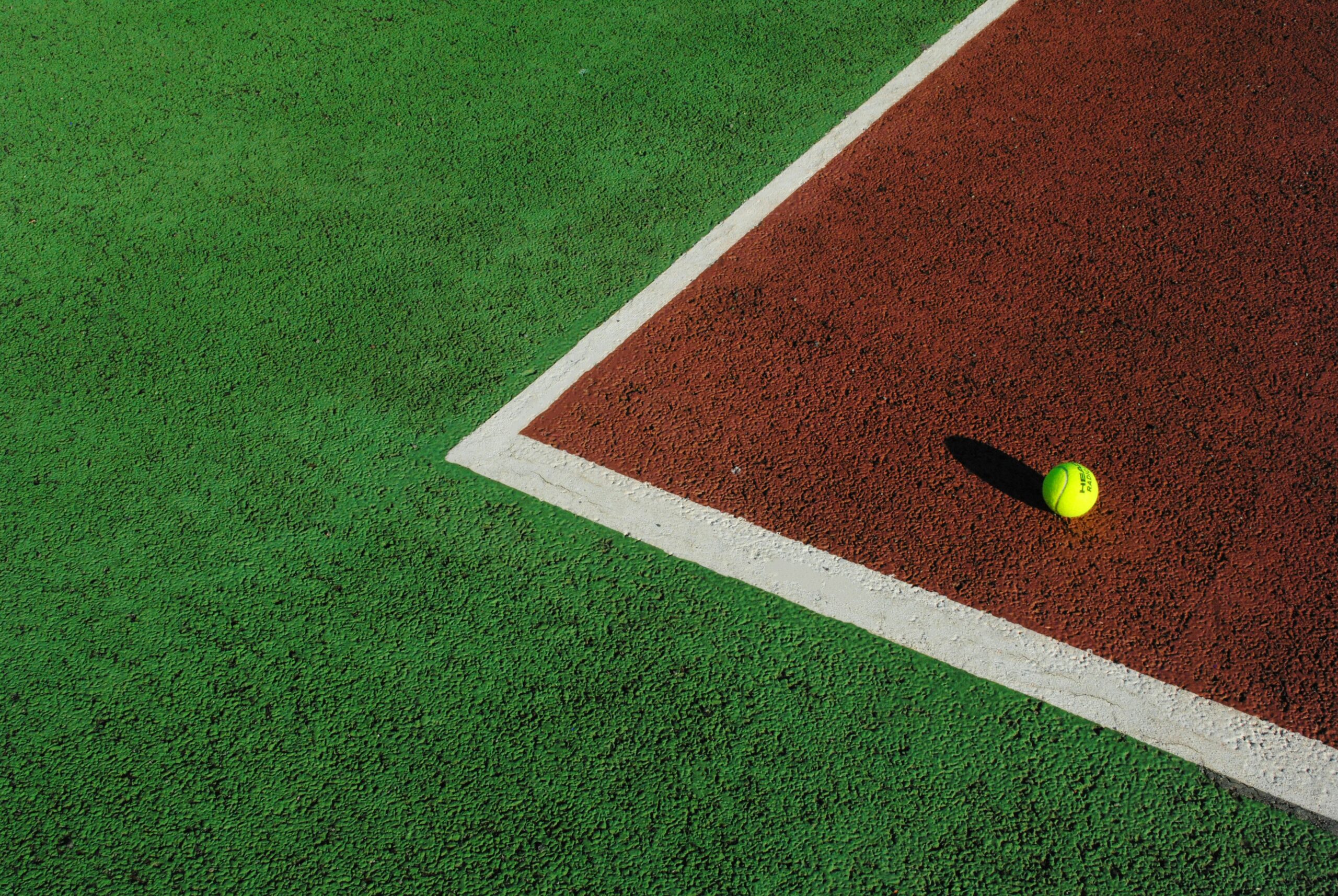Expert Insights: What Most Athletes Get Wrong About Sport-Specific Conditioning
When it comes to conditioning for a particular sport, many athletes seem to believe that the more specific their training, the better their performance will be. They often pour hours into drills that mimic game situations, while casually overlooking foundational elements that contribute to overall athleticism. I remember watching a local soccer team practice, and their dedication was commendable—players sprinting back and forth, practicing corner kicks, and yelling out strategies. Yet, it struck me that the same players could barely finish a simple endurance run. This brings us to an essential question: Are athletes putting the cart before the horse when it comes to sport-specific conditioning?
The Myth of Sport-Specific Training
It’s a common belief that the best way to prepare for a sport is to train exactly like you play. While there’s merit to this idea—after all, you wouldn’t train for swimming by only running—many athletes take it to an extreme. This approach can lead to neglecting critical components of conditioning like strength, flexibility, and endurance, which play an essential role in performance. Experts argue that while specificity is important, it should not replace the foundational aspects of athleticism.
Dr. Lisa Hartman, a sports physiologist, emphasizes this point: “Many athletes focus solely on the skills of their sport and forget the underlying fitness required to perform those skills effectively. You can’t execute a perfect shot if your legs tire after 20 minutes.” This sentiment is echoed by countless coaches who notice their athletes burning out or getting injured because they’ve overemphasized sport-specific drills at the expense of general conditioning.
Overtraining: The Silent Saboteur
Let’s face it: athletes love to push their limits. It’s in their DNA. However, this drive can turn into a double-edged sword. Overtraining is a real issue that can arise when athletes focus too much on sport-specific conditioning. Take, for example, a basketball player who spends hours shooting three-pointers and practicing layups but neglects strength training and recovery. Eventually, that athlete might find themselves sidelined with an injury, questioning their training routine.
Research suggests that overtraining can lead to decreased performance, chronic fatigue, and even mental health issues. What many athletes don’t realize is that the body needs time to recover and adapt to the stresses placed upon it. Coach Mark Thompson, who has spent years training high school athletes, often tells his players, “You need to listen to your body. If it’s screaming for a break, don’t ignore it—you’re not a superhero.”
Conditioning Isn’t Just About Endurance
Now, let’s dive a little deeper into the misconception that conditioning is solely about endurance. While cardiovascular fitness is undoubtedly important, it’s only one piece of the puzzle. Athletes must also address strength, power, speed, and agility. I once interviewed a competitive triathlete who spent hours on the bike and in the pool but neglected weight training. When I asked about his struggles with hills during races, he admitted that his legs simply didn’t have the strength to power up inclines effectively.
This brings us to the concept of “comprehensive conditioning.” A balanced training program includes:
- Strength Training: Building muscle to withstand the physical demands of the sport.
- Speed Work: Developing quickness and reaction time.
- Agility Drills: Enhancing the ability to change direction swiftly.
- Flexibility Training: Ensuring a full range of motion and reducing injury risk.
The Importance of Recovery and Nutrition
Recovery and nutrition—two crucial aspects often overlooked in the quest for sport-specific excellence. Athletes can practice all the drills they want, but without proper recovery, their efforts may be in vain. After all, muscles need time to repair and grow stronger. Moreover, nutrition fuels these processes. I’ve seen athletes completely disregard nutrition plans, thinking they can out-train a poor diet. Spoiler alert: they can’t.
Nutritionists often stress the importance of a well-rounded diet rich in carbohydrates, proteins, and healthy fats, tailored to the athlete’s specific needs. “You wouldn’t put low-octane fuel in a high-performance sports car, would you?” says nutritionist James Perkins. “Your body is your vehicle; treat it right.”
Cross-Training: A Hidden Gem
If you want to enhance your sport-specific conditioning without falling into the trap of overtraining, consider cross-training. This approach involves participating in different sports or activities that complement your primary sport. For instance, a runner might benefit from swimming or cycling, as these activities can improve cardiovascular fitness while giving the legs a break from the pounding of running.
Cross-training not only helps to build overall athleticism but also reduces the risk of injury by working different muscle groups. And let’s be honest, it can also be a refreshing change of pace. As a former athlete myself, I recall how much I looked forward to hitting the pool when my legs were feeling heavy from a week of intense training. It’s a win-win!
The Role of Mental Conditioning
Another crucial aspect that athletes often overlook is mental conditioning. The mind plays a pivotal role in performance, and building mental resilience is just as important as physical training. Athletes are known for their grit, but developing mental toughness can be a game-changer.
Sports psychologists often recommend techniques such as visualization and mindfulness to help athletes focus and stay composed during competition. I remember chatting with an Olympic athlete who swore by visualization techniques before races. “I’d picture myself crossing the finish line, feeling the rush of victory. It’s all about training your mind to perform as well as your body,” she said. It’s a fascinating concept—one that can elevate performance to new heights.
Individualization: No One-Size-Fits-All
As with most things in life, one size does not fit all when it comes to conditioning. Each athlete is unique, with different strengths, weaknesses, and goals. A cookie-cutter approach to training often leads to subpar results, and in some cases, injuries. Coaches and trainers should take the time to assess individual needs and tailor conditioning programs accordingly.
It’s not uncommon for elite athletes to work with specialized coaches who understand their sport and individual requirements. This approach ensures that athletes are not only training effectively but also avoiding burnout or injury.
The Importance of Professional Guidance
As much as athletes like to think they know their bodies, having professional guidance can make a world of difference. Trainers, physiologists, and nutritionists bring expertise that can optimize performance and minimize risk. I’ve seen countless athletes struggle with their training, only to flourish once they brought in a professional to help.
For instance, a young football player I interviewed had been following an online workout plan that was far too advanced for his level. It wasn’t until a strength and conditioning coach stepped in that he began to see real progress. “I had no idea what I was doing,” he admitted. “I thought I was training hard, but really, I was just wearing myself out.”
Building a Support System
At the end of the day, conditioning is not solely an individual endeavor. Athletes thrive when they have a solid support system in place—coaches, trainers, family, and teammates who encourage and challenge them. The camaraderie and shared goals help keep motivation high and can make the grueling days more bearable.
As I’ve often observed, the best teams are those that build a culture of support and accountability. Whether it’s a simple text checking in on a teammate’s recovery or a group workout session, these small gestures go a long way in fostering a positive environment.
Conclusion: Holistic Conditioning for Future Success
In wrapping this all up, it’s clear that many athletes are missing the mark when it comes to sport-specific conditioning. While it’s important to train with specificity, it’s equally vital to build a strong foundation of strength, endurance, and mental resilience. Athletes should embrace a balanced approach that incorporates cross-training, professional guidance, and proper recovery. Only then can they reach their full potential in their respective sports.
So, the next time you’re out on the field, court, or rink, take a moment to reflect on your conditioning approach. Are you focusing solely on sport-specific drills? Or are you incorporating the holistic elements that will set you up for long-term success? After all, the road to excellence isn’t just about how hard you train; it’s about how smart you train too.
As the saying goes, “Train hard, but train smart.” And remember, there’s always room for improvement. Whether you’re a veteran athlete or just starting out, consider these insights to elevate your game. Happy training!




